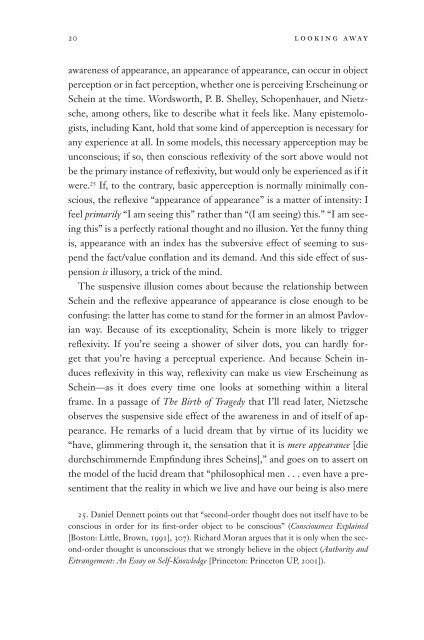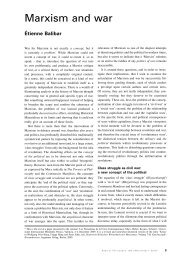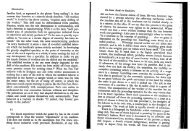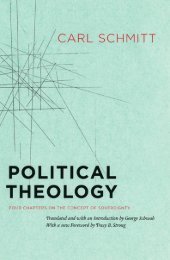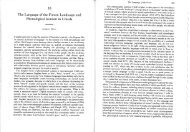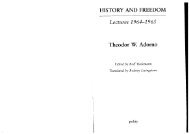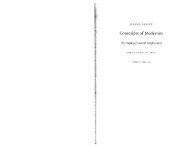Terada - Looking Away (Selections).pdf - Townsend Humanities Lab
Terada - Looking Away (Selections).pdf - Townsend Humanities Lab
Terada - Looking Away (Selections).pdf - Townsend Humanities Lab
You also want an ePaper? Increase the reach of your titles
YUMPU automatically turns print PDFs into web optimized ePapers that Google loves.
20 looking away<br />
awareness of appearance, an appearance of appearance, can occur in object<br />
perception or in fact perception, whether one is perceiving Erscheinung or<br />
Schein at the time. Wordsworth, P. B. Shelley, Schopenhauer, and Nietzsche,<br />
among others, like to describe what it feels like. Many epistemologists,<br />
including Kant, hold that some kind of apperception is necessary for<br />
any experience at all. In some models, this necessary apperception may be<br />
unconscious; if so, then conscious reflexivity of the sort above would not<br />
be the primary instance of reflexivity, but would only be experienced as if it<br />
were. 25 If, to the contrary, basic apperception is normally minimally conscious,<br />
the reflexive “appearance of appearance” is a matter of intensity: I<br />
feel primarily “I am seeing this” rather than “(I am seeing) this.” “I am seeing<br />
this” is a perfectly rational thought and no illusion. Yet the funny thing<br />
is, appearance with an index has the subversive effect of seeming to suspend<br />
the fact/value conflation and its demand. And this side effect of suspension<br />
is illusory, a trick of the mind.<br />
The suspensive illusion comes about because the relationship between<br />
Schein and the reflexive appearance of appearance is close enough to be<br />
confusing: the latter has come to stand for the former in an almost Pavlovian<br />
way. Because of its exceptionality, Schein is more likely to trigger<br />
reflexivity. If you’re seeing a shower of silver dots, you can hardly forget<br />
that you’re having a perceptual experience. And because Schein induces<br />
reflexivity in this way, reflexivity can make us view Erscheinung as<br />
Schein—as it does every time one looks at something within a literal<br />
frame. In a passage of The Birth of Tragedy that I’ll read later, Nietzsche<br />
observes the suspensive side effect of the awareness in and of itself of appearance.<br />
He remarks of a lucid dream that by virtue of its lucidity we<br />
“have, glimmering through it, the sensation that it is mere appearance [die<br />
durchschimmernde Empfindung ihres Scheins],” and goes on to assert on<br />
the model of the lucid dream that “philosophical men ...even have a presentiment<br />
that the reality in which we live and have our being is also mere<br />
25. Daniel Dennett points out that “second-order thought does not itself have to be<br />
conscious in order for its first-order object to be conscious” (Consciousness Explained<br />
[Boston: Little, Brown, 1991], 307). Richard Moran argues that it is only when the second-order<br />
thought is unconscious that we strongly believe in the object (Authority and<br />
Estrangement: An Essay on Self-Knowledge [Princeton: Princeton UP, 2001]).


